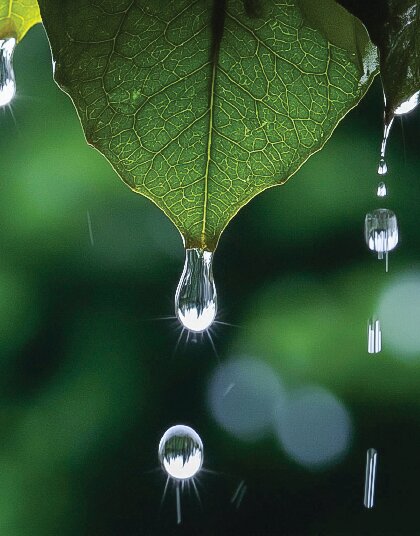Support the Timberjay by making a donation.
The science behind the scent of rain
REGIONAL— Our recent April showers have not only set the stage for new growth this spring, they have reminded us of the wonderful scent that comes in the immediate aftermath of rain. That scent …
This item is available in full to subscribers.
Attention subscribers
To continue reading, you will need to either log in to your subscriber account, below, or purchase a new subscription.
Please log in to continue |
The science behind the scent of rain
REGIONAL— Our recent April showers have not only set the stage for new growth this spring, they have reminded us of the wonderful scent that comes in the immediate aftermath of rain. That scent which we associate with rain is the smell of a chemical stew known as “petrichor.”
Petrichor is the term coined by Australian scientists in 1964 to describe the smell produced by rain. Petrichor isn’t a substance by itself. Rather, it’s a combination of certain chemical compounds contained within the rain or released by the rain that interact with each other to produce the smell we’ve dubbed petrichor.
Some of the compounds, like ozone, are normally located in the atmosphere, but the rain can absorb the ozone molecules as they fall through the air and bring them down to the ground. This effect can be even more pronounced if a rain event is accompanied by lightning, which creates more ozone as lightning impacts O2 (oxygen) molecules in the atmosphere, converting some of them into O3, otherwise known as ozone.
Also contributing to the scent of petrichor is geosmin, a chemical produced in the soil by a variety of bacteria, known as Actinomycetes. These bacteria secrete geosmin, which is released into the air from the physical effect of the falling raindrops. Geosmin can be detected by the human nose at concentrations of less than five parts per trillion.
Finally, plants offer their own contribution to the complex chemical stew that makes up petrichor. During dry conditions, plants produce compounds that accumulate within small voids in the soil until rain falls. As the water fills those voids, it forces out the compounds, which include stearic and palmitic acid.
The scent of petrichor is further accentuated as the rain clears the air of dust particles and aerosols.
So, don’t fret about a spring shower. Keep in mind, the rain brings many benefits, including accelerating spring growth, reducing fire danger, and bathing our environment in the fresh and earthy smell of petrichor.






